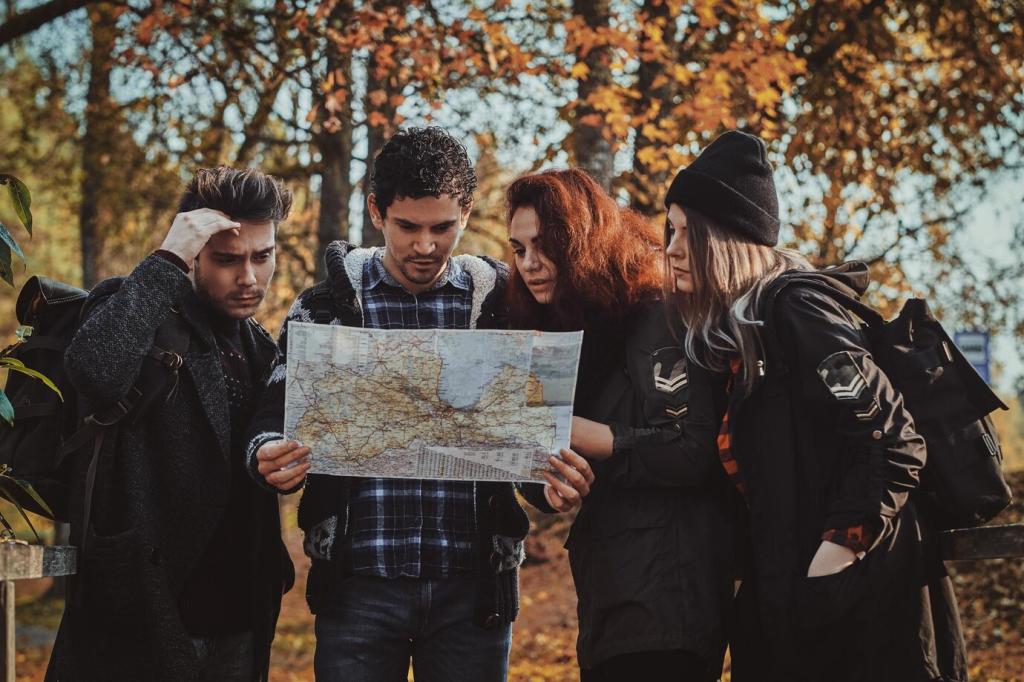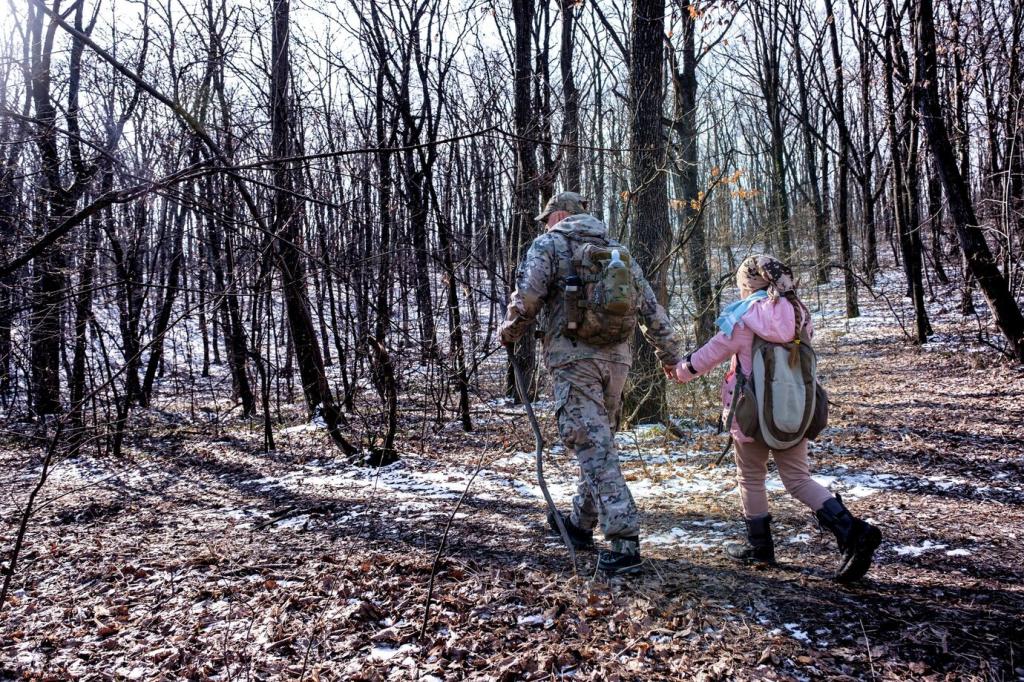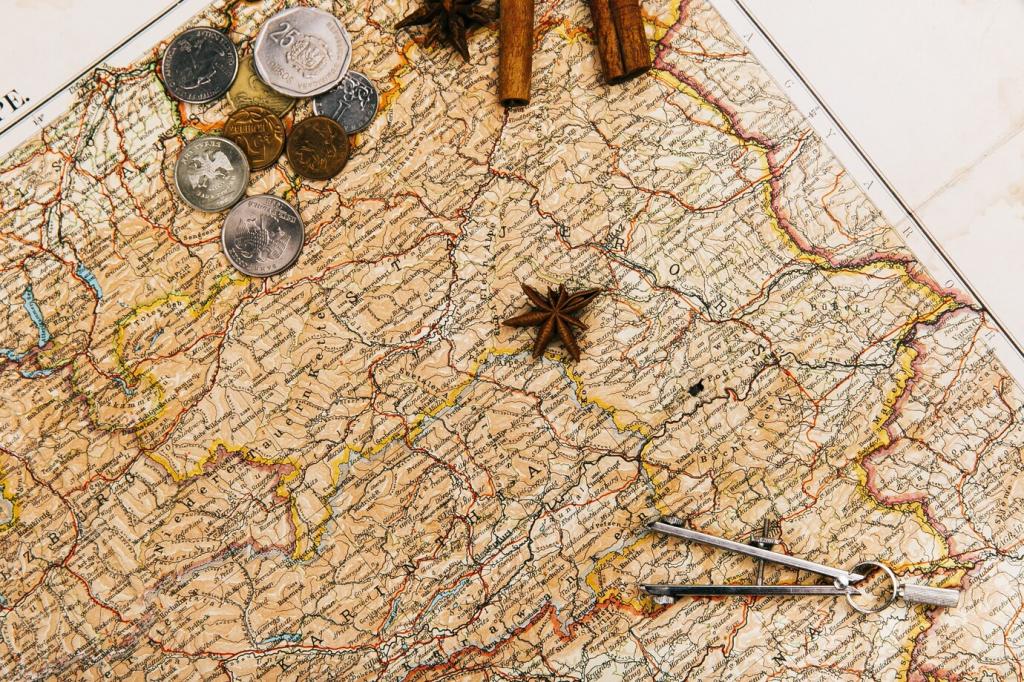
Crafting Itineraries for Remote Highway Exploration
Chosen theme: Crafting Itineraries for Remote Highway Exploration. Welcome to a space where solitude meets strategy, and long horizons are sketched into careful, soulful routes you can confidently follow.
Mapping the Unknown: Building Routes That Breathe
Start with Purpose, Not Pins
Before you drop a single waypoint, define your intent. Are you chasing dark skies, geological wonders, or long, meditative drives? A clear purpose shapes distances, pacing, and priorities, preventing scattered plans that ignore what truly matters.
Layer Maps, Data, and Local Lore
Combine satellite imagery, topographic layers, and official road advisories with firsthand reports from ranger stations and trucker forums. The best remote itineraries blend verified facts with lived wisdom, turning lines on a map into reliable decisions.
Design for Detours
Build intentional slack into the plan: buffer days, optional side tracks, and bailout routes. When a washed-out culvert or wildfire closure appears, your itinerary should flex gracefully rather than shatter, keeping morale and momentum intact.
Fuel, Water, and Margin: Logistics for Long Empty Stretches
Use your worst-case fuel consumption, not your best. High winds, corrugations, and elevation can devour range. Add a hard reserve you never touch, and confirm station hours; some remote pumps close unexpectedly or accept limited payment methods.
Fuel, Water, and Margin: Logistics for Long Empty Stretches
For especially sparse corridors, pre-stage water or coordinate with small-town businesses to hold essentials. Carry collapsible containers, filter options, and redundancy. Communicate timelines with someone reliable, sharing your route and check-in schedule.


Rhythms of the Road: Pacing Days on Remote Highways
Plan no more than three major moves per day, two meaningful stops, and one memorable moment you deliberately protect. This simple rhythm prevents overstacked days that degrade judgment and mute the quiet magic of the empty road.
Aim to arrive at camp before sunset, leaving time to scout wind shelter, level ground, and horizon views. Those amber minutes are priceless for recalibrating, journaling, and confirming tomorrow’s route with rested eyes.
Break each day into mini segments: morning stretch to a scenic turnout, mid-day fuel and water check, late-afternoon leg to camp. Micro-itineraries keep long distances humane and create natural moments to monitor weather, road conditions, and mood.

Weather, Seasons, and Surface: Reading the Land Before You Roll
Study seasonal patterns, not just today’s forecast. Monsoon washouts, spring snowmelt, and persistent crosswinds can reshape timing. Call local road authorities and interpret regional advisories alongside your planned pace and daily decision points.
A smooth map hides rough realities. Washboards, fresh grading, or slick clay after rain can slash your average speed. Check maintenance notices, and write conservative speed assumptions directly into your itinerary to prevent cascading delays.
Predefine red lines: gust thresholds, mud depth, or visibility limits. If they’re crossed, the plan pivots without debate. Clear criteria spare you from optimism bias when clouds stack and the road whispers, not today.
Stories from the Loneliest Lanes: Field Notes and Inspiration
Nevada’s US 50: The Loneliest Road Lesson
Crossing US 50, we learned that towns on paper shrink at night. A closed diner became a cold campsite dinner, yet our spreadsheet buffer turned anxiety into laughter. Build margins that make surprises feel like stories, not setbacks.

Gear That Serves the Plan, Not the Ego
Pair offline maps with paper backups and a simple compass. Devices fail, batteries drain, and screens crack. Redundancy belongs in the itinerary itself, with planned map checks and printed turn-by-turn notes for critical junctions.
Gear That Serves the Plan, Not the Ego
A warm sleeping bag, steady camp routine, and simple meals stabilise judgment. Comfort in the margins reduces risky pushes. Your itinerary should budget time for care rituals that keep the next day’s choices level-headed and cheerful.
Gear That Serves the Plan, Not the Ego
Carry tools for the failures your route invites: tire repair, fluids, belts, and fuses. Then schedule inspection windows into the plan. Prevention written into the itinerary beats heroics performed on the shoulder of a lonely highway.

Ask the Community Specific Questions
Instead of asking if a road is passable, ask about yesterday’s water levels, grader sightings, or station hours. Share your context, and invite route suggestions. Comment below with your corridor, season, and vehicle setup so others can help precisely.
Contribute GPX with Context
Upload tracks with notes on fuel stops, reliable water, wind-prone sections, and realistic day lengths. Stories matter as much as coordinates. Your annotated files help others craft itineraries that honor the terrain, not just the line.
Subscribe for Seasonal Updates
Join our list to receive regional alerts, sample day plans, and post-trip debrief templates. We’ll share reader-tested itinerary tweaks before peak seasons so you can adjust routes early and travel smarter, safer, and more inspired.
